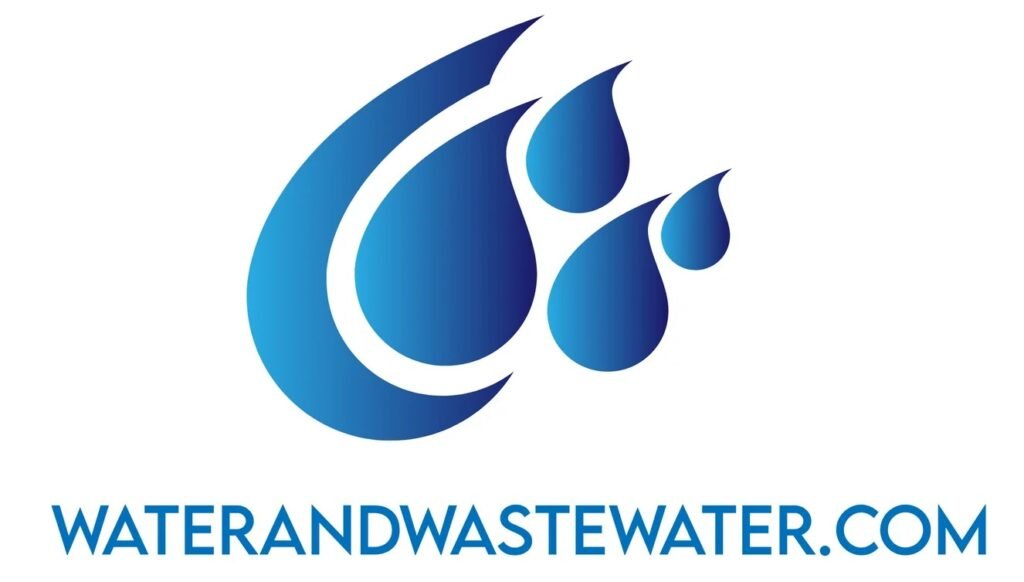Tag: treatment
Tourmaline-Modified Membranes: A Promising Approach for Water Treatment Introduction Water is one of the most essential resources for human survival, yet clean and safe drinking water is becoming increasingly scarce due to pollution and contamination. It is estimated that around 2.2 billion people worldwide do not have access to safely managed drinking water services. This […]
Supercritical water oxidation (SCWO) is a promising technology that has the potential to address the increasing concerns over the treatment of various types of waste streams. SCWO is a chemical process that utilizes water at supercritical conditions to oxidize organic compounds into water, carbon dioxide, and other non-toxic byproducts. Supercritical water is a state in […]
Reverse electrodialysis (RED) is a promising technology for generating clean and sustainable energy from salinity gradients. Salinity gradients, such as those found between seawater and river water or brackish water, can be a rich source of renewable energy that can be harnessed for power generation using RED. In this article, we will delve into the […]
Pulsed electric field (PEF) technology is a promising method for treating water and other fluids. This innovative technique uses short pulses of high voltage electricity to disrupt the cell membranes of microorganisms, effectively killing them and providing a safe and efficient way to treat water for various applications. In this article, we will explore the […]
Introduction Water is essential for all living organisms on Earth, but unfortunately, water pollution is a growing concern worldwide. Contaminants such as heavy metals, organic compounds, and pathogens can make water unsafe for consumption and for the environment. Traditional water treatment methods like filtration and chlorination have limitations in treating certain contaminants, prompting the need […]
Phytoremediation of wastewater is a sustainable and environmentally friendly approach to treating contaminated water using plants. This method harnesses the natural ability of certain plants to uptake and accumulate pollutants from the water, thereby decontaminating it. Phytoremediation has gained increasing attention as a cost-effective and ecologically sound alternative to traditional wastewater treatment methods. In this […]
Nano-engineered membranes are revolutionizing the field of membrane technology by offering advanced properties and applications. These membranes are designed at the nanoscale level, where the size of the pores or molecules is in the range of 1 to 100 nanometers. This allows for precise control over the properties of the membrane, such as selectivity, permeability, […]
Introduction Liquid-gated membrane filtration is a promising technology that has the potential to revolutionize the way we purify water. This innovative filtration method combines the principles of traditional membrane filtration with the use of liquid gates to enhance the efficiency and performance of the filtration process. In this article, we will explore the technology behind […]
Hydrochar Adsorption: A Promising Technology for Water Treatment Introduction In recent years, water pollution has become a significant environmental concern due to the discharge of various pollutants from industrial, agricultural, and domestic sources. One of the major challenges faced by researchers and policymakers is finding effective and sustainable technologies to remove contaminants from water. Adsorption […]
Hybrid constructed wetlands are a type of wastewater treatment system that combines elements of both traditional constructed wetlands and other treatment technologies. These systems are designed to improve water quality by using natural processes to remove pollutants from wastewater before it is discharged into the environment. Hybrid constructed wetlands can be used to treat a […]
